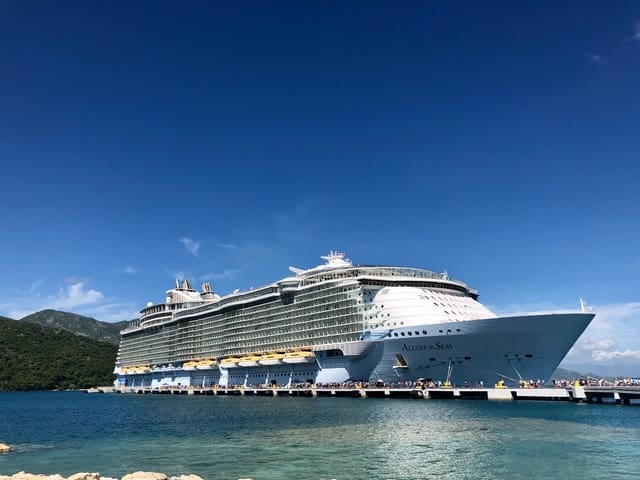Last year, Hurtigruten, a Norwegian cruise operator firm unveiled the world`s first hybrid ship. According to the company`s CEO, Skjeldam, this was just the start of its mission to utilize battery technology to propel large and small ships designated for both short and long distances. In his remarks, he reckons that batteries will become an integral part of shipping in the near future and therefore they have to work towards improving the efficiency of their batteries. The impact of these cruises on the environment is positive and as per Skjeldam, they come with much to be deserved.
History of hybrid ships
Most water moving vessels are powered by diesel and gasoline engines but today electric and hybrid sea vessels are becoming popular. Electric boats were in existence as early as the 1870s but the dominance of internal combustion engines in the nineteenth century greatly affected further development. However, as a result of the energy crisis that hit the world in 19702, there was witnessed a great desire to develop alternative sources of energy for propelling sea vessels along with other energy-driven equipment. Among the key development from this is the batteries technology used to propel cruises.
How battery-powered cruise operate
Cruises normally have an auxiliary engine that serves two main roles; to power ahead when storms are light or the wind is from the wrong direction and to power the final ten minutes or more when the ship is at the harbor and require to be moved through a confined and crowded port. It is on the basis of the second role of auxiliary engines that batteries were regarded to propel sea vessels. Because ships were designated to travel on the hostile water conditions in the Arctic and Antarctic, the idea is to let the engine operate on diesel or marine gasoline during the harsh sea conditions and allow the ship to run on the battery for forty minutes to one hour when conditions are ideal.
The battery work by taking the excess energy from the ship`s engine when the cruise doesn’t require much energy and storing it so as to release it back into the engine at times of high energy requirement.

Advantages
By using a battery, battery-powered cruises save on oil and reduce the emission of unwanted gases. According to the Norwegian frim Hurtigruten, battery-pack has had a huge impact on fuel consumption and the amount of carbon dioxide emitted. As per their statistics, battery-powered cruises use far less fuel compared to when they fully run on marine gasoline and over 20% carbon dioxide prevented from diffusing into the air or water.
Future of Battery-powered cruise
Batteries are viewed as an integral part of the shipping sector in the future. Though most ships and other sea vessels especially those designated for long voyages of more than a week are using a combination of battery and marine gasoline engines, experts predict that advanced technologies and development could change this. Governments and cruise operators like Hurtigruten are actively involved in infrastructure for instance by improving traditional routes and construction of battery charging stations development that encourages battery-powered cruise.
Battery suppliers also hold the key to the future and as key contributors, they are developing a more powerful and lighter system. By providing effective batteries, reliability of the battery technology will improve and by this, experts assure of a future in battery-powered ships.
Battery-powered cruises and the environment
Also as a result of the call for sustainability and usage of clean energies, the popularity of battery-powered ships is guaranteed. These cruises are environmentally friendly and the amount of sewage and gases emitted into water and air is far less. They are known for low fuel consumption and reduced carbon emissions while on the contrary, other non-battery ships have been criticized due to their emissions levels. According to the German Nature and Biodiversity Conservation Union, medium-sized and large ships were responsible for over 200 tons of burned fuel in a day. They are further accused of producing a high amount of Sulphur and carbon dioxide. This and with the rising concern for the environment, diesel and gasoline-powered ships may be ended for the worst while on the other side, battery-powered cruises are expected to boom.